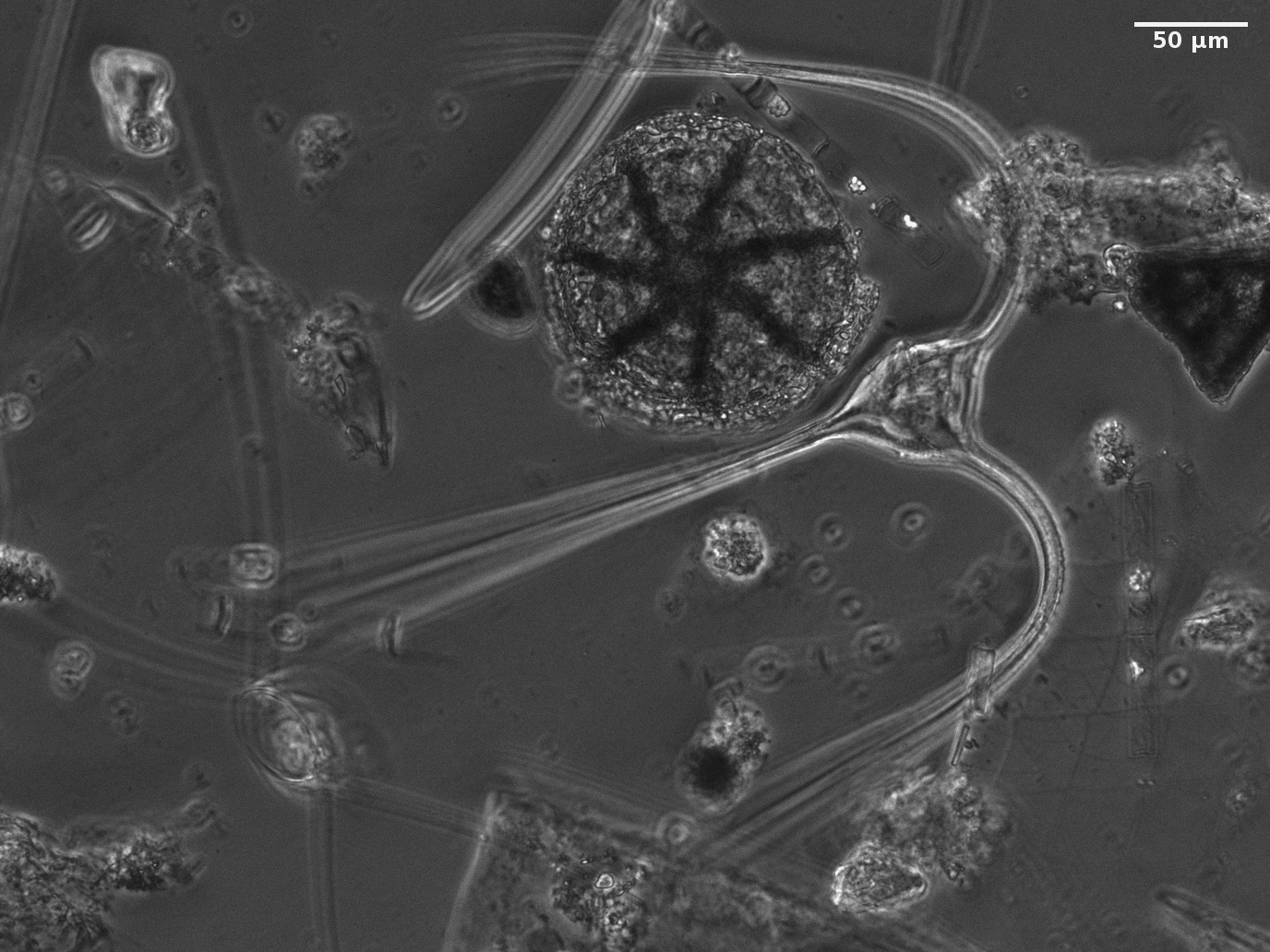High levels of chlorophyll in the ocean had been seen on satellite images of the area, although these observations can be difficult to interpret in coastal areas.
University of Western Australia (UWA) researchers, Prof. Chari Pattiaratchi and Dr Paul Thomson from the Integrated Marine Observing System (IMOS), wanted to investigate further and gathered data on salinity and chlorophyll concentration from their autonomous Ocean Gliders operating at multiple sites in the ocean near Perth. The researchers also collected water samples at selected locations for more detailed analysis, observing water clarity as well as nutrients such as nitrates, phosphorus and ammonia. Microscopy Australia’s facility at UWA imaged microscopic marine algae in the water samples, allowing the researchers to identify and quantify the species of algae at different sites and correlate the species found at each site with other measurements.
They were able to confirm that sustained discharge of freshwater into the coastal system stimulated algal blooms that are rare in these waters.
A bloom of an unidentified alga was found at all sites within Cockburn Sound, along with other types of algae, and a species of small crustacean. The bloom was not evident at the Rottnest Island site and nutrients at all sites were very low, indicating that the algal bloom had already drawn down nutrients from the river outflow.
The presence of the particular types of algae found would have provided a boost to the food chain, feeding tiny aquatic animals (zooplankton) which feed the fish, which in turn feed fairy penguins, dolphins and many other species.

Light micrograph of different algae found in the bloom.
Light micrograph of the new type of algae (diatom) found in the bloom.
March 1, 2023